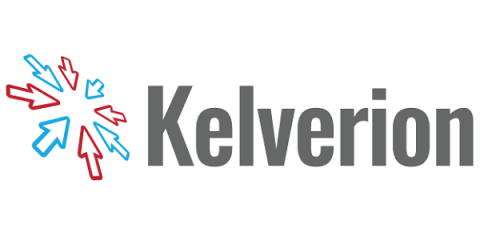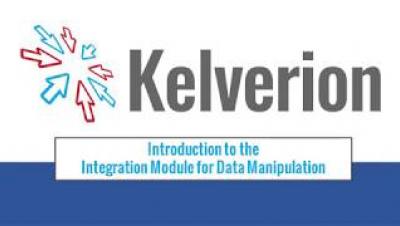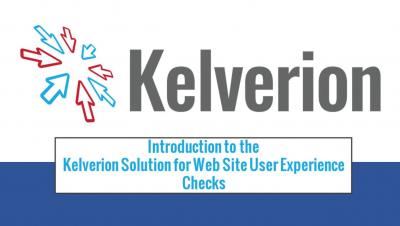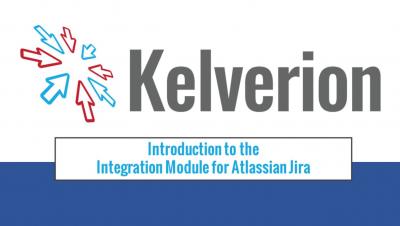The Kelverion Integration Module for Atlassian Jira provides a powerful integration capability for writing Azure Automation and Service Management Automation runbooks as well as being usable in PowerShell scripts. The Integration Module supports the Atlassian Jira Software and Atlassian Jira Service Desk. Using Kelverion smart discovery the Integration Module interrogates Jira and discovers how it has been configured providing a forms based view of the tables, fields, properties and allowed inputs for mandatory and optional fields. This significantly reduces the complexity of integration and level of knowledge required of APIs and Jira configuration, simplifying the process of building and supporting automation runbooks. Build runbooks with script free interaction with Jira using 21 activities. Simplify Runbook design by automatically mapping table columns to Azure Automation input properties, filters and published data items. Create, Delete, Update and Get Records in Jira.





